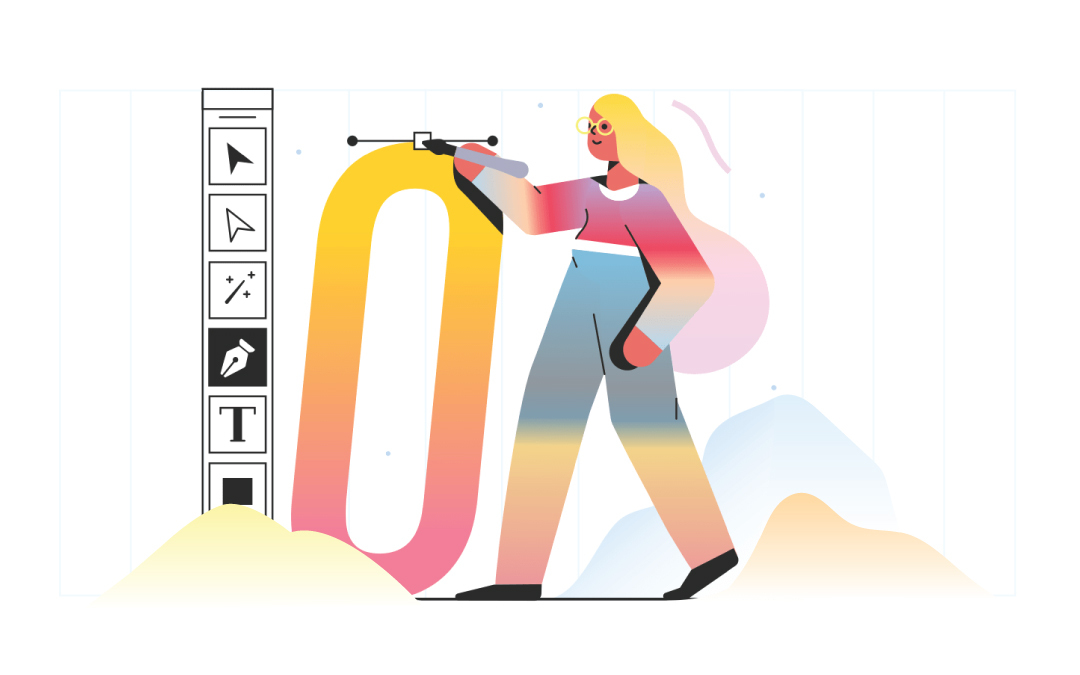Are you up to the challenge?
Starting today, we’re launching a three-part series on challenger brands—who they are, how they behave, and why your brand could benefit from adopting their disruptive mindset. As this is the first blog in the series, let’s start with the basics. The beginning, as they say, is always a good place to start.
What is a challenger brand?
“A challenger brand is defined, primarily, by a mindset—it has business ambitions bigger than its conventional resources, and is prepared to do something bold, usually against the existing conventions or codes of the category, to break through.” —The Challenger Project, by eatbigfish.
Even if you’re not familiar with the term “challenger brand,” you’ve certainly experienced its narrative cousin: the underdog story. It’s David and Goliath. It’s Rocky. That oft-romanticized vision of a plucky innovator running a business out of their garage and taking down the big guys. Think of Ben & Jerry’s vs. Haagen-Daz, Sam Adams vs. Budweiser, or Apple vs. Microsoft.
Category is the new challenge
While in the beginning being a challenger brand often meant slaying one particular dragon—Pepsi vs. Coke—modern challenger brands are more focused on what they are disrupting instead of who. It’s not about me versus you; it’s about me versus the category, the industry, and the expectations of what a customer experience feels like.
From Airbnb to Blue Apron to Warby Parker, challenger brands are redefining the ways we travel, eat, shop, and more. As Adam Morgan says, “Being a challenger brand today is less about business enmity, and more about an often mission-driven desire to progress the category.”
Criteria for challenger brands
To be clear, there are no rules set in stone about what makes a challenger brand. By definition, it’s a fluid position. You might start out a challenger and be so successful at taking out the competition that you become the next target on top of the hill. It’s a Shakespearean cycle of ascension and dethronement that leaves only the most innovative companies standing.
“A challenger brand can take many forms; it’s more of a mindset than a specific set of rules,” says Kohlben Vodden, founder of StoryScience. “These brands tell stories that by proxy make us feel empowered. They tell us real success lies in breaking away from the pressure of social norms, challenging authority, and being disagreeable. These brands represent character strengths that we humans universally hold up as positive and admirable qualities—bravery, perseverance, fairness.”
In essence, to be a challenger your brand needs to:
- Be somewhere in the middle of the market. You’re not first, but you’re not last. You have enough experience and validity to get in the ring and start punching above your weight.
- Have an insatiable hunger and big ambitions that go beyond hitting your numbers. You and your employees need to share a fundamental belief that you are unlike any other company on the planet.
- Understand what it takes to close the gap between good and great. When you talk about something as aspirational as a company’s vision for the future, you should never limit yourself to making something merely good. This isn’t a task to work on; it’s a shared vision to work toward.
Culture is the lifeblood of challenger brands
All things considered, this is as much about emotion and personality as it is about strategic priorities. If there’s a straight line through challenger brands, it’s the infectious culture they cultivate and maintain through the ups and downs. And how do you shape culture? Through your mission, vision, beliefs, and behaviors. “Clarity around what a business believes in, and what change it’s trying to bring about, acts as both inspiration and filter for the kinds of disruption it will pursue,” says Mark Barden. “Without that clarity, disruption becomes chaos pretty quickly.”
To continue reading our three-part challenger series, check out: Part two—Challenger Brands: B2B Challengers & Part three—Challenger Brands: Design that Disrupts
Emotive Brand is a brand strategy and design agency in Oakland, California










